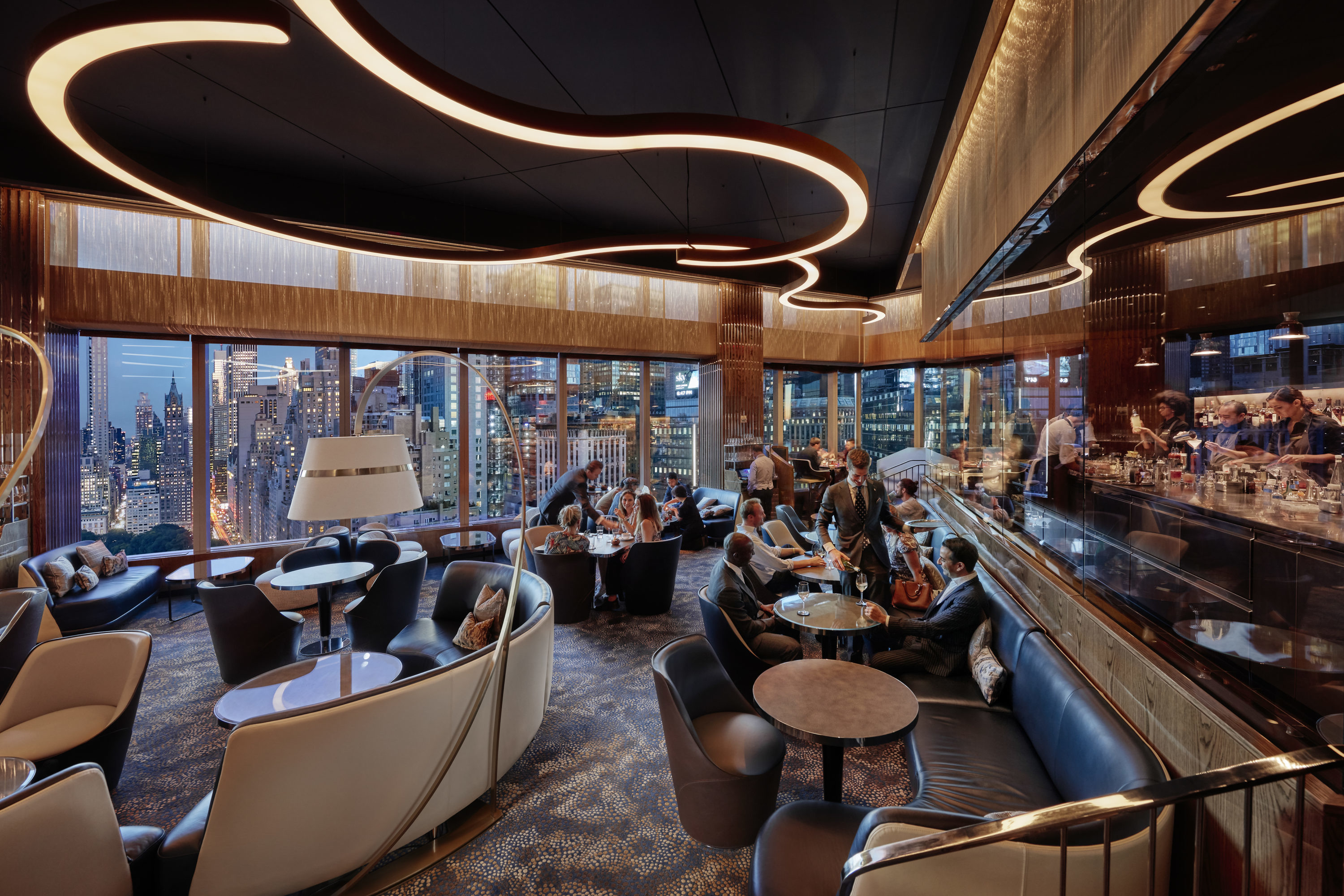Restaurant Megatrends 2018: Design Has a ‘More Is More’ Moment

Photo Caption: Distinctive design distinguishes New York's Aviary, opened in the Mandarin Oriental last year.
Skift Take
Distinctive elements will dominate in restaurant design through 2018. Bold color choices, stand-out patterns, text-heavy neon signage, and witty branding will shape identities for new spaces, and the perceptions of those who experience them— virtually or otherwise.


